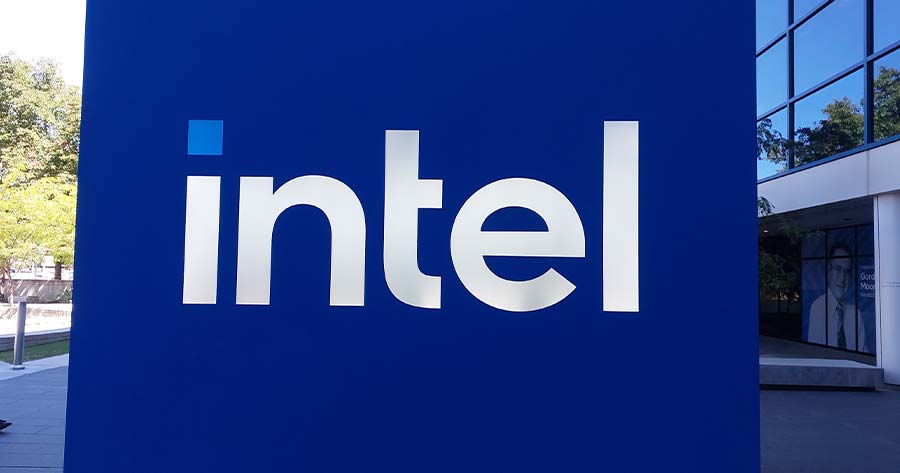The share price of Intel surged 8.44% in pre-market trading on Friday to USD 41.38 per share, following the announcement of 3Q25 earnings that exceeded Wall Street expectations, as aggressive cost-cutting under CEO Lip-Bu Tan bolstered the chipmaker’s financial position amidst a series of high-profile investments.
Intel posted its first results since securing multibillion-dollar commitments from Nvidia and Japan’s SoftBank, alongside an unprecedented stake purchase by the U.S. government. Market anticipation has been high, as investors expected these deals would significantly bolster Intel’s balance sheet.
CFO Dave Zinsner confirmed in an interview that SoftBank’s funding was received in the third quarter, while Nvidia’s capital is pending. Together, the investments are expected to provide crucial support as Intel contends with declining market share in core PC and server processors, and grapples with limited progress in breaking into the AI chip sector, a market dominated by Nvidia.
Earlier this year, Intel divested a 51% stake in Altera, its programmable chip subsidiary acquired in 2015, to Silver Lake for USD 16.7 billion. In parallel, Nvidia announced plans last month to invest USD 5 billion for a 4% ownership, while SoftBank’s August deal infused USD 2 billion into Intel’s coffers.
Following a call by President Donald Trump for CEO Tan’s resignation over China-related concerns, the company finalized a rare agreement granting the U.S. government a USD 8.9 billion, 10% equity stake.
On a call with shareholders, Tan unveiled a streamlined central engineering group aimed at improving both internal chip designs and services for external clients, setting up direct competition with players like Broadcom and Marvell, which cater to major cloud providers’ custom AI chip needs.
Strong demand for Intel’s chips led to supply constraints in the latest quarter, Zinsner noted. He attributed this dynamic to data center operators upgrading central processors to keep up with the rapid advances in AI technology.
Nonetheless, the CFO conceded that Intel continues to face production challenges with its 18A manufacturing technology. He indicated that these efficiency issues are limiting profitability, and the company is unlikely to resolve them to industry standards before 2027.
In the third quarter, Intel reported adjusted gross margins of 40%, surpassing analyst expectations of 35.7%. Adjusted earnings reached USD 0.23 per share, ahead of the USD 0.01 consensus forecast, according to LSEG data.
The company’s headcount will be more than 20% lower by year-end compared to the prior year, having scaled back on costly manufacturing projects from former CEO Pat Gelsinger’s tenure. Tan’s aggressive drive to streamline operations followed Intel’s first annual loss since 1986, reported in 2024.
Looking ahead, Intel projects current-quarter revenues between USD 12.8 billion and USD 13.8 billion, with a midpoint of USD 13.3 billion, broadly in line with the average analyst estimate of USD 13.37 billion. Zinsner indicated capital spending is set to rise to USD 27 billion in 2025, up from USD 17 billion in 2024.





